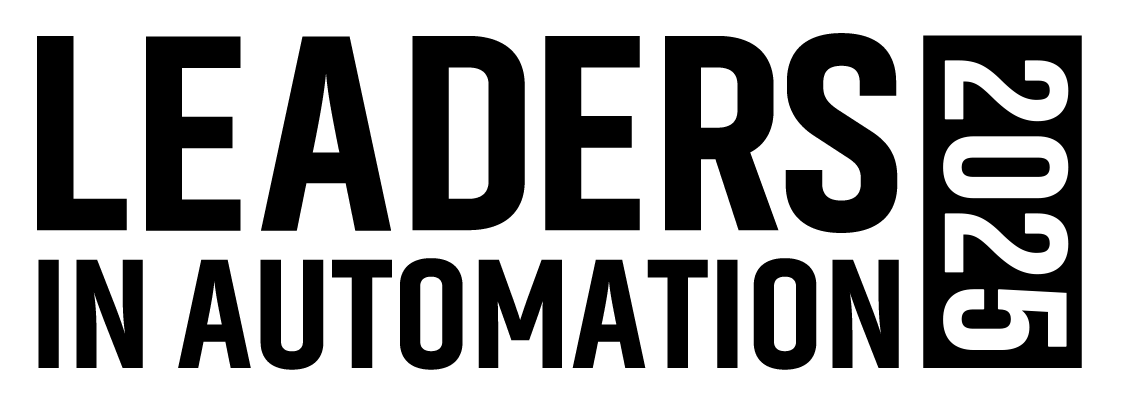This fault tree, based on ISO 13849-1, provides a model that can be used by a risk assessment team to determine the safety category required on a particular area of a machine. Banner Engineering’s Ray Butler advises that the team look at all sides of the machine. The front of a machine may have frequent access by the operator for loading and unloading. The rear of the machine may have infrequent access for cleaning or routine maintenance and should not be overlooked when determining risks.
The risk categories are located at the top of the matrix. Reading the tree from the left, there are two possibilities for severity of potential injury—slight or serious—which lead to two main branches. If slight (S1), then category 1 is the preferred risk category defined by the standard. If serious (S2), then next look at the frequency of access to the area. There are two possibilities in the tree—seldom (F1) and frequent (F2). These choices divide the branches. Next, consider the possibility of avoidance, with again two choices—possible (P1) and less possible (P2).
Following through the decision tree leads to a final recommendation of risk category. After determining risk category, then control designers can design the appropriate safety system for the machine.
About the Author
Gary Mintchell
Editor in Chief

Leaders relevant to this article: